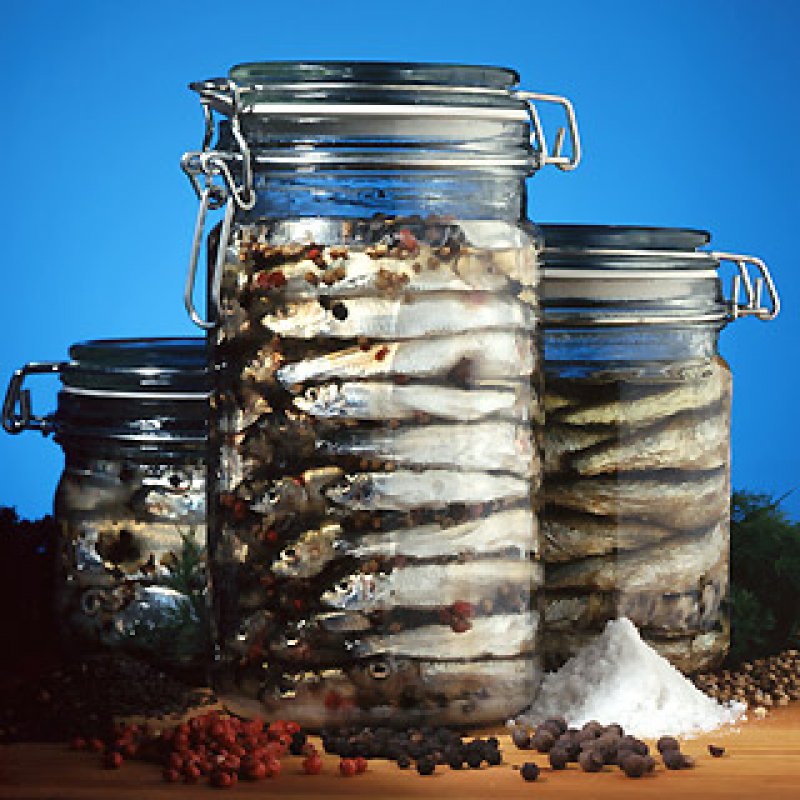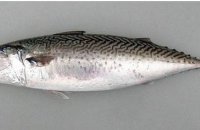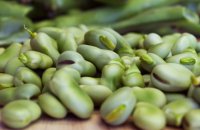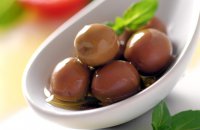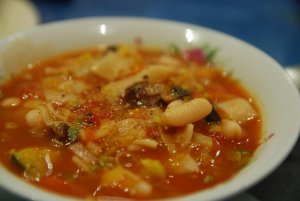It is still difficult for me to understand why Germans, as well as Czechs, insist on referring to anchovies as sardines (Europaischen Sardellen), when even Japanese write アンチョビ, pronounced anchobi. Possibly for the same peculiar reason that Greeks, as well their neighbours, Albanians, Croatians, and Serbs, call what most countries know as Sardinen, sardelles! It gets more complicated, because the Germans admit that their word “Sardelle” originates in the Italian sardella which comes from the Latin sarda, which means Herring, whereas the Greeks call anchovies “gavros”, and “sardelles” is the word for the sardine pilchardus as well as the spratus spratus spratus, which the Germans and the English know as breitling, and the Japanese as Sardinopa or something similar to that.
To conclude, after spending almost 3 hours surfing an exceptional web site, http://www.fishbase.org/search.php, I can finally say that Engraulis Encrasicolus of the family Engraulidae, encompassing approximately 141 species,, is what we refer to as the anchovy.
What I actually wanted to arrive at, is the glass jars that arrive from Spain, Italy and Greece, and the word anchovies or any variation of it. To these slick, dried fish filets, preserved in oil, we are indebted, since without them there would be no Puttanesca Sauce, Anchoiade, Pizza Napoletana, Nicoise Salade, Gigot a la Provencale, Steak Tartar, Pan Bagnat, as well as almost half of the French Provencal Cuisine.
The Romans used anchovy intestines, which after fermenting, they mixed with oil, wine, pepper and other seasoning, to make Garum Sauce. Garum had a bad reputation because of the intense and horrible smell that must have been produced while making it. However, the Romans greatly appreciated it, and hence we find Garum in almost all recipies in Apicius. The Romans used this sauce in many different dishes, such as beef, mussels, and even some kind of soufflé with honey and pears, and in my opinion, they were absolutely right to do so!
Anchovies, when used properly, add an edge, an aroma, a difference in flavour. They can be used like garlic, and depending on the amount, be highlighted or remain quietly in the background.
Umami means tasty and delightful in Japanese, and makes reference to the discovery made by Kikunae Ikeda, in 1908, of a 5th taste, determined by amino acid and glutamic acid, found in foods such as parmesan, mushrooms, and anchovies. Ikeda's discovery resulted in the laboratorial production of a flavour-enhancing amino acid called monosodium glutamate (MSG), which is found today in almost all ready-made sauces, and is responsible for the Chinese Restaurant Symptom (CRS). Do not consider buying ready-made anchovy paste, which contains MSG. Get the nice little glass jar with its anchovy filets, in order to have the absolute natural flavour. Drain the filets from excess oil, make your own variation of garum and add freely to any preparation you may be cooking.













































